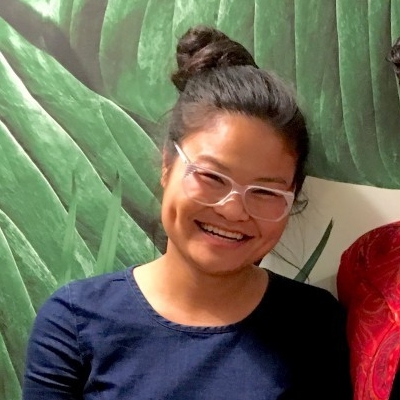A Changing Climate Means A Changing Society. The Island Press Urban Resilience Project, Supported By The Kresge Foundation And The JPB Foundation, Is Committed To A Greener, Fairer Future. This Article Was Originally Published April 30, 2019 On Greater Greater Washington as part of the Urbanist Journalism Fellowship.
On my first date with my now partner, I surprised him with a bouquet of cultivated mushrooms: King Oysters (Pleurotus eryngii), Enokis (Flammulina velutipes), and brown Buna-Shemejis (Hypsizygus tessellatus), all purchased from an Asian supermarket in Falls Church, Virginia. On our first meeting, he had earnestly mentioned wanting to try my foraged wild mushrooms (Wood Blewitts, Clitocybe nuda). I figured it was best that we start slow, with him learning about the risks and responsibilities involved.
My quest to find my own fungi (pun intended) had started six years ago, when I joined a local mycological society in London. Throughout my time in London, one type of mushroom eluded me: The true morel (Morchella genus), a collection of prized edible mushrooms known for their meaty texture and nutty taste.
Since morel season is upon us—amidst a warm spell and blooming dogwoods and lilacs—I set out to learn more about this elusive mushroom. It is one of the few edible mushrooms that grow in the spring, and believe it or not, it's possible to find them in an urban environment. Morels are also considered one of the tastiest, along with Porcinis, Chanterelles, Matsutake, and Truffles.
If you're interested in urban foraging in the Washington region, this post will help you get started. A quick disclaimer though: Eating wild plants and mushrooms can be risky. It's also illegal to forage in some places. If you're not an experienced forager, it's best to go with a guide.
First, find a foraging group or guide
If you’re a beginner or new to an area, joining a local mycological society and going on their organized forays is sure proof way to locate and learn about some of the millions of species of fungi. If you're interested in other plants and herbs around DC, you can head into the woods (or alleys) with foraging guide Matt Cohen of Matt’s Habitats, Holly Poole-Kavana of Little Red Bird Botanicals, or Bill Schindler at Hill Center. If you're looking for something more high-end, go out with DC chef Drew Adams of Bourbon Steak. Closer to Baltimore, Charm City Farms has a variety of foraging workshops, and there's a mushroom foraging group in Reston as well.
According to Thomas Roehl, Newsletter Editor and Board Member with the Mycological Society of Washington DC, “Foray leaders have so much knowledge about locations, conditions, seasonality, lookalikes, and spotting tips. You might even get to see a morel or a lookalike, which is one of the best ways to learn to find and identify them.”
Continue reading "How to Find Edible Plants and Mushrooms in Urban Places" here...



